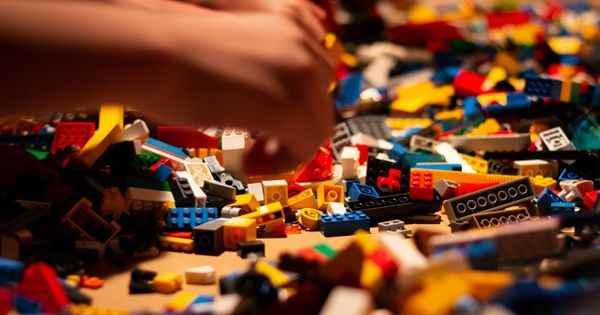Posted update
2 min read
Toys made from plant-based plastic, recycled materials, collecting old toys from consumers … The toy industry is going green. In recent years, emblematic brands in the sector such as Lego, Hasbro or Mattel have launched several operations that are part of an eco-responsible approach.
On May 11, the Mattel company announced the launch of a vast circular economy campaign in five countries, including France. The old toys of the Barbie, Matchbo and Mega brands can thus be returned to the manufacturer by consumers, to be cleaned and then transformed into plastic granules which will be used in the design of new products. An initiative that is part of the group’s overall eco-responsible approach: a year earlier, the American toy giant announced the sale of a toy made entirely from plant-based plastic for its Fisher-Price and Mega Bloks brands.
But the creator of the famous Barbie doll is not the only one to make his ecological transformation. In 2019, its competitor Hasbro announced its intention to ban plastic from its packaging, in particular by gradually reducing the use of polythene bags, elastic bands and blister films by 2022. The brand also said it wants to halve its waste production, reduce its water consumption by 15% and reduce its greenhouse gas emissions by one fifth by 2025.
Like Mattel, Hasbro has also embarked on the use of plant-based plastic to make these products. A vast collection of toys organized in 2019 by the brand in partnership with the recycling company TerraCycle also proposes to use the plastic of used toys for the construction of public benches or play areas.
In the “good students“, let us also note the famous Danish company Lego which in 2019 launched its set”Treehouse“, a game whose bricks are made entirely from plastic obtained from a sugar cane. By 2030, the brand has set itself the goal of making toys exclusively in 100% sustainable materials.
Ambitious approaches, in line with new consumer expectations. But it must be said that these brands have come a long way. Ten years earlier, a Greenpeace report these three toy giants, who all used plastics provided by the company Asia Pulp and Paper (APP), whose business directly contributes to deforestation in Indonesia.
This 2011 Greenpeace report called on Lego, Hasbro and Mattel (but also other toy makers like Disney) to “become leaders in their industry, using sustainable forest products for all their toys and packaging and immediately implementing new sourcing policies“.
According to GreenpeaceLego is the first brand to have borrowed “the right path”. Soon after the NGO’s campaign was broadcast in June 2011, the Danish company announced that it would ensure that all the fibers it would use came from sources certified by the environmental label. Forest Stewardship Council. Mattel followed suit a few months later.
